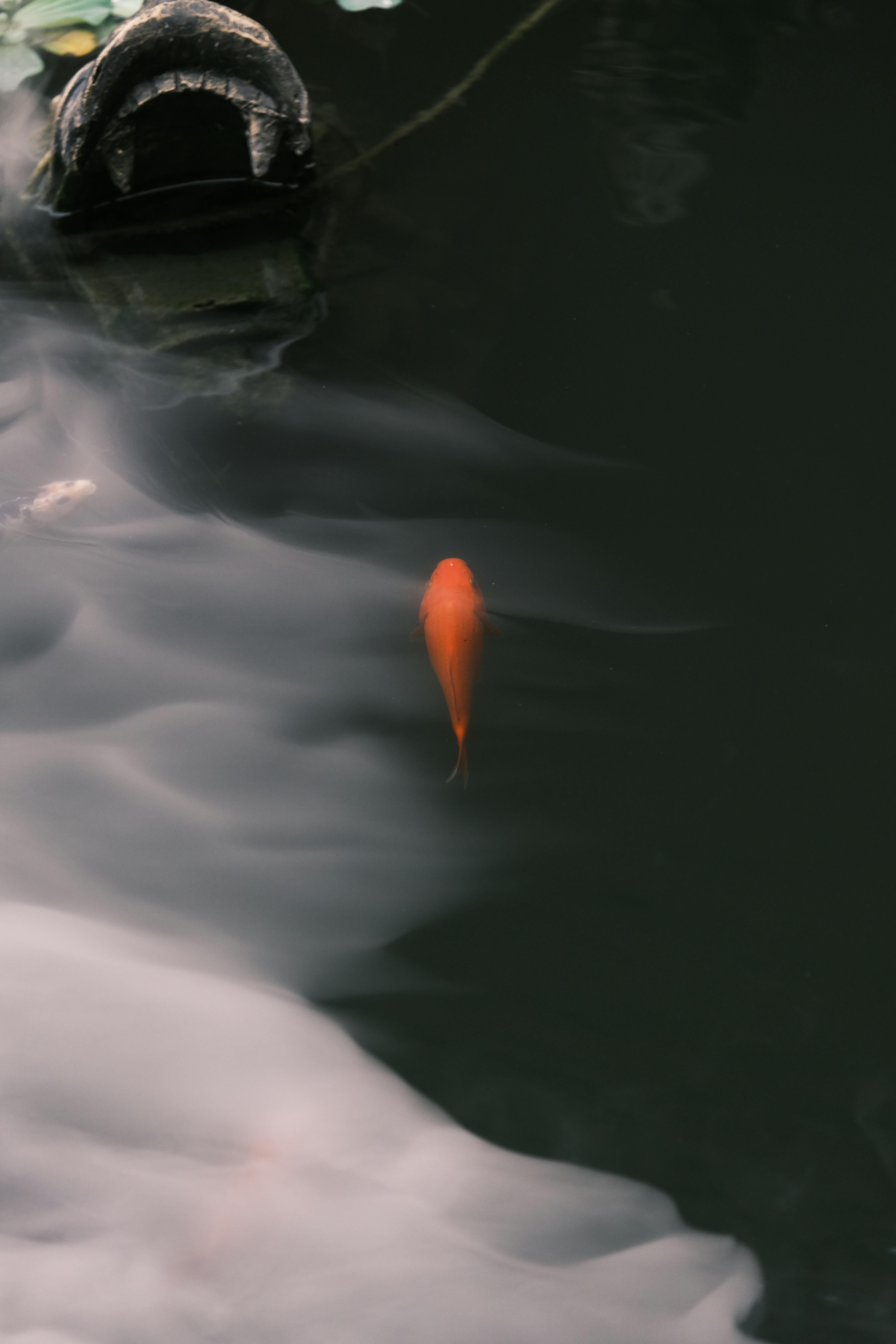Ensuring the Correct Water Hardness in Your Aquarium

Ensuring the Correct Water Hardness in Your Aquarium
Maintaining the proper water hardness in an aquarium is crucial for the health and stability of the ecosystem within. Incorrect water hardness levels can affect the biological processes of aquatic life and alter the effectiveness of chemicals and biological filters. This article will guide you through understanding water hardness, its importance, and how to maintain the right levels in your aquarium.
What is Water Hardness?
Water hardness refers to the concentration of dissolved minerals, mainly calcium and magnesium, in water. It is typically measured in degrees of hardness (dGH) or parts per million (ppm) of calcium carbonate (CaCO3). Water hardness is classified into two types:
- General Hardness (GH): This measures the total mineral content of the water.
- Carbonate Hardness (KH): This measures the concentration of carbonate and bicarbonate anions in water. It is crucial in stabilizing pH levels in your aquarium.
The Importance of Maintaining Correct Water Hardness
Different species of fish and plants have specific water hardness requirements. Freshwater fish like tetras thrive in soft water, while cichlids from the African Rift Lakes need hard water. When water hardness is not in the optimal range for your aquarium inhabitants, it can lead to stress, health problems, and even mortality.
How to Measure Water Hardness
Before adjusting the water hardness in your aquarium, you need to determine the current levels. Water testing kits are available in most pet stores, which can measure both GH and KH. These tests provide a quick and accurate way to monitor water conditions, ensuring they are optimal for the species you are keeping.
Adjusting Water Hardness
Depending on the needs of your aquarium, you might need to either increase or decrease the water hardness:
Increasing Water Hardness
To increase the hardness of the water in your aquarium, you can add crushed coral, limestone, or aragonite substrates to your filter or directly to the tank. Commercial water conditioners that boost GH and KH levels are also available. Be wary of changes in pH when adjusting water hardness, especially when using highly soluble substances.
Decreasing Water Hardness
To decrease the water hardness, you can use reverse osmosis water, add peat moss to your filter, or use water softeners available in the market that specifically reduce GH and KH without adding harmful chemicals to the water. Mixing tap water with distilled or reverse osmosis water can also effectively lower the hardness levels.
Maintaining Stable Water Hardness
Once the desired hardness level is achieved, maintaining consistency is key. Regular checks with testing kits and adjusting the water parameters gradually can prevent sudden changes that may stress aquatic life. Routine water changes with pre-treated water matching the tank's hardness will also help stabilize the water hardness over time.
In conclusion, understanding and managing water hardness is essential for maintaining a healthy aquarium. By routinely checking the water conditions and making adjustments as needed, your aquatic environment will thrive, supporting vibrant fish and lush plants for years to come.